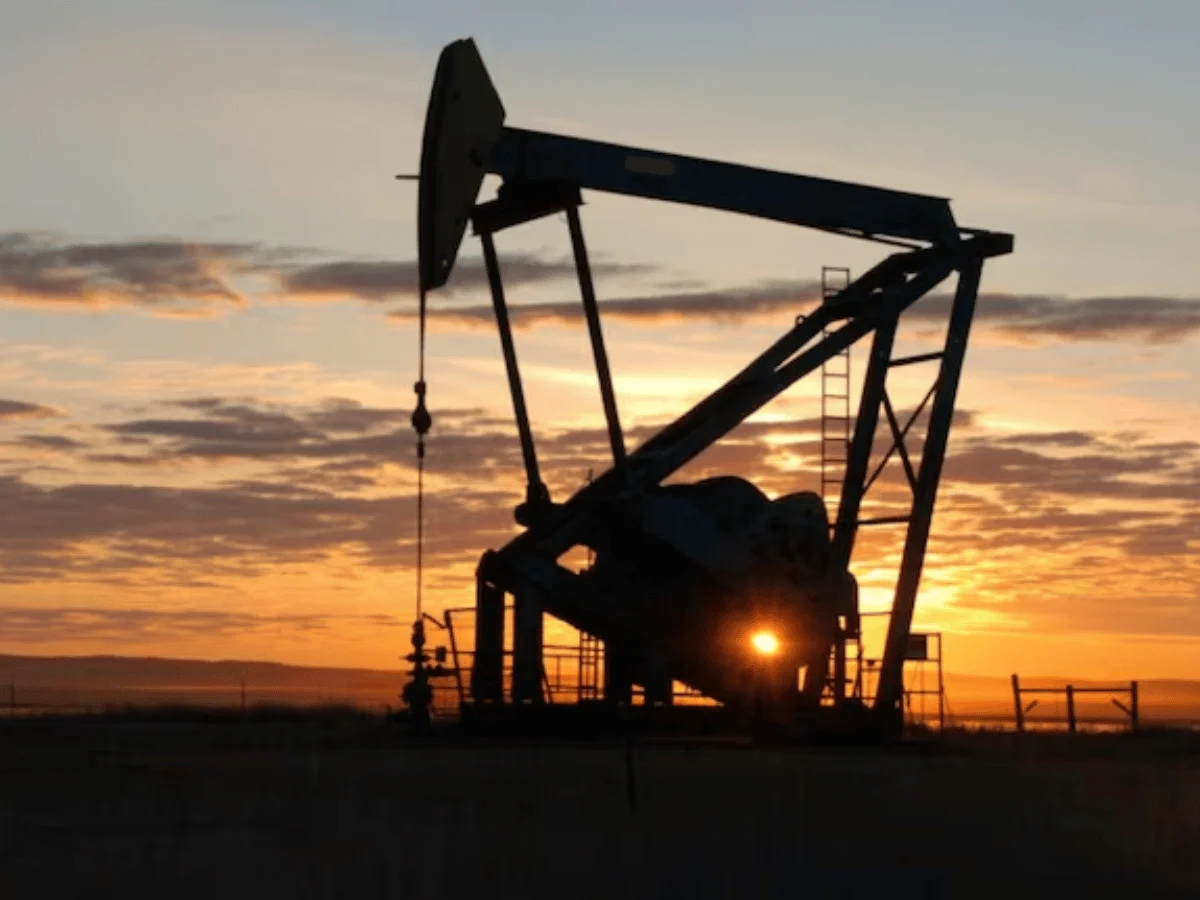On Friday 13th of June 2025, saw a more than 10% increase in oil prices, reaching their highest level in over five months following Israel's attack on Iran, which sharply increased Middle East tensions and sparked concerns about disrupted oil supply. After reaching a day's highest of $78.50, the most since January 27, Brent oil …
Oil Surges Over 10% After Israel’s Attack On Iran, Raising Investor Concerns

On Friday 13th of June 2025, saw a more than 10% increase in oil prices, reaching their highest level in over five months following Israel’s attack on Iran, which sharply increased Middle East tensions and sparked concerns about disrupted oil supply.
After reaching a day’s highest of $78.50, the most since January 27, Brent oil futures rose $6.29, or 9.07%, to $75.65 a barrel by 0315 GMT.
The price of the U.S. West Texas Intermediate crude rose $6.43, or 9.45%, to $74.47 a barrel after reaching its highest level since January 21 at $77.62.
Israel Attacked On Iran
In addition, energy prices jumped after Russia attacked Ukraine in 2022, and Friday’s advances were the biggest day-to-day movements for both futures since then.
Also Read: Stocks Plunge As Investors Fear Fallout From Israel’s Iran Attack
Israel claimed Friday marked the beginning of a lengthy process to stop Tehran from developing an atomic weapon, targeting Iran’s nuclear facilities, ballistic-missile factories, and military leaders. In a note, ING experts led by Warren Patterson stated that “this has heightened the political climate dramatically and needs the oil market to price in a higher risk factor for any future supply disruptions.”
It’s still too early to tell whether the hit will impact Middle Eastern oil exports, according to a number of oil merchants in Singapore, as it is going to rely on how Iran responds and whether the US steps in.
Oil Market Disturbed
“I believe the market is concerned about closing the Strait of Hormuz, but it’s too early to tell,” one of the dealers stated.
Before the oil supply is significantly damaged, the crisis must grow to the point where Iran reacts against the region’s oil infrastructure, according to Saul Kavonic, senior energy expert at MST Marquee.
In a worst-case situation, he added, Iran could block up to “20 million” barrels of oil supply per day by attacking infrastructure or restricting access via the Strait of Hormuz.
In response to Friday’s attack, which he claimed killed multiple military officers, Iran’s Supreme Leader Ayatollah Ali Khamenei declared that Israel will face severe punishment.
Investors Are Look Serious In Such Circumstances
US Secretary of State Marco Rubio urged Tehran not to target US interests or troops in the region and described Israel’s strikes against Iran as a one side action on Thursday, claiming Washington was not involved.
Senior market analyst Priyanka Sachdeva of Phillip Nova stated, “Iran has declared an emergency and is getting ready to strike back, which increases the risk of not just difficulties but of spreading in other neighboring oil producing nations too.”
“Even though Trump has expressed unwillingness to join, US involvement may cause more worries.”
In other markets, investors moved to safe havens like gold and the Swiss franc as stocks collapsed in early Asian trade, driven by a decline in US futures.











